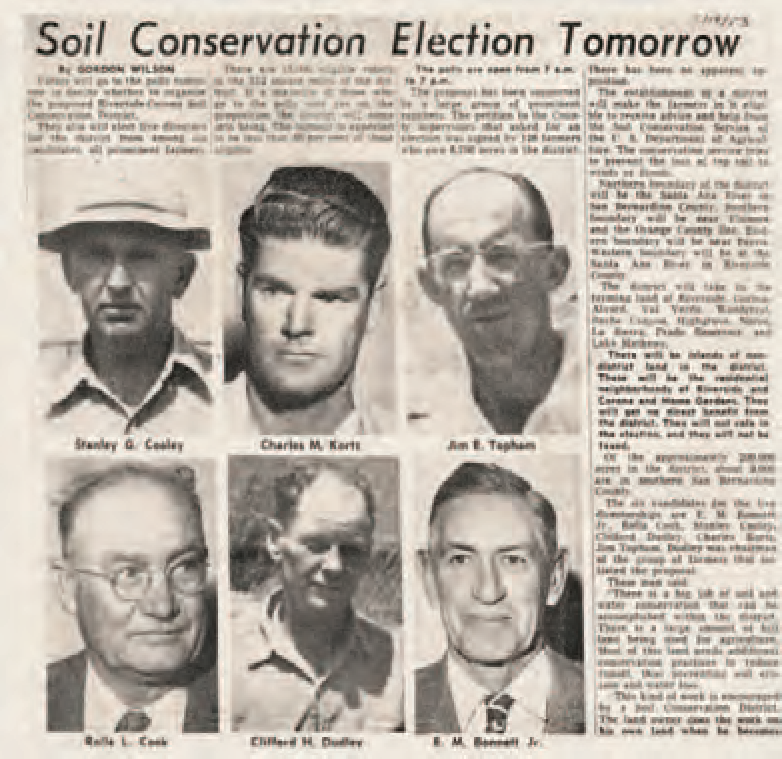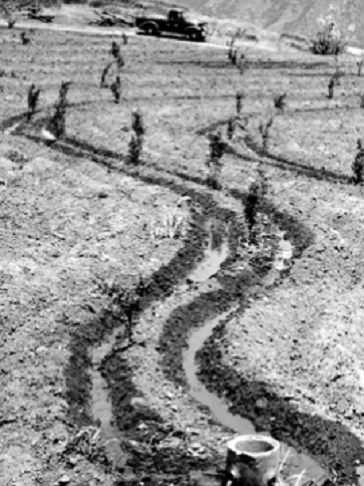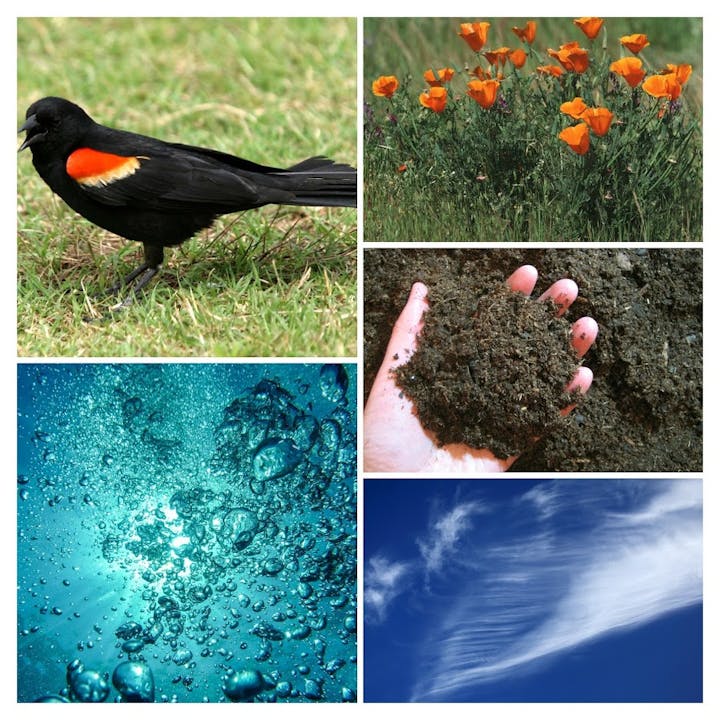History
Following the devastation of the Dust Bowl in the 1930s, states began to create conservation districts. In California, the formation and governance of these districts were laid out in 1938 by Division 9 of the state’s Public Resources Code.
Now there are nearly 3,000 conservation districts in the U.S., almost one in every county.
Locally, in 1952, 126 farmers sent a petition to the Riverside County Board of Supervisors, which requested the formation of a Soil Conservation District. A Conservation District could help bring federal programs to local farms. By a public vote, the Riverside-Corona Soil Conservation District was formed in 1953 and has been helping to conserve the natural resources of the greater Riverside area ever since. In 1972 Soil Conservation Districts were renamed Resource Conservation Districts (RCD’s).

In the late 1950's, Colorado River water became available to local growers through Western Municipal Water District pipelines. Citrus trees were planted around Woodcrest, Eagle Valley, Gavilan Hills, Temescal Canyon, and Riverside-Highlands. In its first five years, the RCRCD gained 429 cooperators who farmed 22,714 acres of land. The U.S. Department of Agriculture soil conservationists and engineers worked with farmers to plan and develop their properties, largely citrus groves. The farmers installed conservation measures to conserve soil and water, including contour furrows, outlet drain lines, cover crops, mulch, check dams, grassed waterways, reservoirs, and efficient irrigation systems.
In the early years, the RCRCD’s technical partner was the USDA Soil Conservation Service, later renamed the Natural Resources Conservation Service (NRCS). Today, the RCRCD programs rely on numerous partners and cooperative funding. Over the years, RCD programs have evolved to address changing land uses and resource issues.
During the eighties and nineties, urbanization eliminated or degraded many important native habitats. Waterways had been, and continue to be, contained in storm drains or lined with concrete, in order to make land useable for urban development. As a result, critical wildlife habitat was lost and fragmented. Urban runoff was degrading water quality, and invasive species were taking over much of the remaining riparian habitat.

Many of the challenges that we currently face, such as water pollution and degraded wildlife habitat, are a result of population growth. In 1950, the inland population was about 50,000 people. In 1990, the population of the District was nearly 500,000. By 1995 the population actually decreased by 11 percent due to a poor economy. However since then, housing and industrial developments have quickly expanded throughout the District.
Today the population of the greater Riverside area is over 1.5 million people and there are ever-increasing demands on our natural resources. The RCRCD continues to address these issues and strives to ensure that each acre of land be managed according to its needs to ensure a more sustainable future.



.jpg?ixlib=rb-1.1.0&or=0&w=720&h=720&fit=max&auto=format%2Ccompress&s=9731c158dd4acb034cce388dc649e229)